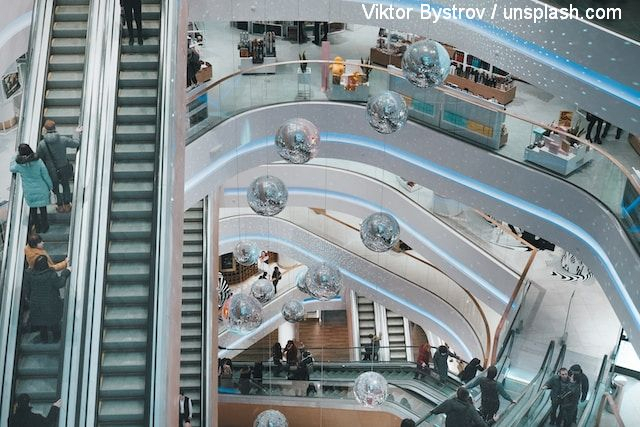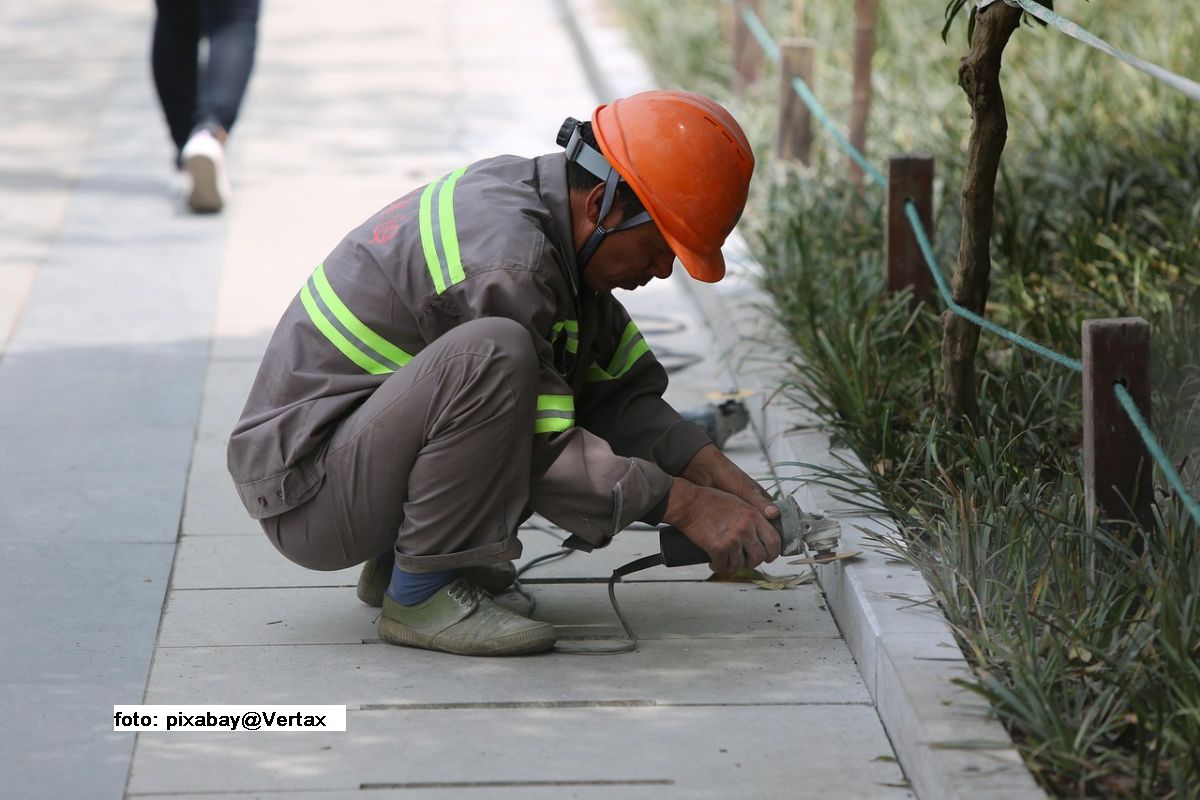Romanian Habits at the Mall
Seven out of ten Romanians go to the mall at least once a week

Christine Leșcu, 30.05.2023, 18:21
Seven out of ten Romanians go to the mall at least once a week, and three of them are women and four are men. In addition, ‘if gentlemen are the ones who come to the mall more often, ladies spend more time per visit. And as far as buying habits are concerned, men spend 10% more than women (302 lei vs 275 lei)’. These were the findings of the authors of a study conducted by Reveal Marketing Research. The explanation lies in the fact that men purchase technology, which is known to be more expensive. But the data from this research surprises in several ways. For example, according to mental clichés, we would have expected the number of women to be higher among those who are fond of going to the mall. Then the figure of 7 out of 10 seems a bit high in view of the general purchasing power of Romanians. However, if we deepen the analysis and start taking into account factors such as proximity, explanations begin to appear, and are now offered to us by sociologist Dan Petre.
“First of all, in the case of Romania, and mainly in the case of Bucharest, unlike other European capitals, malls are placed to a much greater extent inside of cities. In other European capitals, the malls are located more towards the edge of the city, and proximity plays a very, very important role. The second reason: as far as I remember, we are in first place in terms of square meters of mall area per capita in Europe, in all of Romania. So malls spread over a large area. And the third reason is that there is a cultural trend. The mall offers a condensed experience, or opportunity of experiences. I mean, I go to cover a utilitarian need, or shop for the family, but also shop for myself, mainly clothes. We have seen in this study that clothes are in high demand. Second, I want to have a social experience over coffee or over a meal. The mall is currently a place where, if you’re a consumer, you can get a lot of the experiences you need in one place.
However, going to the mall is not only a functional or pragmatic experience, but also an emotional one. Even if the immediate reasons are utilitarian – such as shopping – there are also strictly subjective reasons, such as walking, or socializing over a meal or a coffee. Then, the recent study also highlights some generational characteristics. According to the study, the average amount spent by Romanians during a visit to the mall is almost 300 lei. The biggest spenders are those in the 36-45 age segment (Millenials), doling out almost 370 lei, closely followed by Generation X (those aged 45 and over), who buy stuff worth around 330 lei in a mall visit. Generation Z, made up of young people between 14 and 25 years old, spends the least in a shopping session, i.e. only 200 lei. Sociologist Dan Petre develops the topic starting from the need for socialization in young people, but also from the income of each generation.
“It can be seen from the amounts they spend which is the income level to which each generation has access. Millennials, who are in the area of maximum potential right now – employability, access to resources, access to social power – spend the most. Next comes Generation X, who have had time to accumulate resources, and then Generation Z, who still don’t have enough resources, but are on the rise. But they have more free time, and somehow that makes up for the lack of money. They spend the most time there, but spend the least. It’s always a game between time and resources.
In terms of time spent at the mall, 73% of gentlemen are present here several times a week, 23% go between once and three times a month, and 4% less often than once every three months. Ladies, on the other hand, often visit shopping centers, to the amount of 67%, 29% make 1-3 visits per month, and only 4% said that they go to the mall less than once a season. Also, the average time that Romanians spend in a single mall visit is just over 2 hours (130 minutes). Taken by itself, the data may not say much, but, for example, coupled with the information from the cultural consumption barometers, the picture of how Romanians spend their free time is complete. In 2019 – the last pre-pandemic year that allowed for regular research on this topic – a total of 5% of Romanians saw a theater performance, another 5% visited museums, 9% went to the cinema and 8% to performances entertainment. Of course, once these data are corroborated with those about age, education, place of living, and economic situation, the conclusions are deepened and detailed. For example, many localities in Romania lack theaters, cinemas, museums, or bookstores. The same happens in the case of going to the mall or other socializing options, which depends on the alternatives available, Dan Petre comments.
“There is a basket of opportunities that people have access to, and they allocate their time according to the opportunities available to them. The more opportunities there are, the more people use them. I give only one example here: urban festivals, such as, for example, in the case of Bucharest, closing down Kiseleff Boulevard or Calea Victoriei for car traffic, and opening it for pedestrian experiences within the city. There are many people from Bucharest who come there for street food, concerts, and walks. There are many Bucharesters who do this, which shows that when they have more opportunities, their needs are distributed. If there were more, they would be distributed, especially at certain times of the year. Seasonality matters a lot. Also, the structure of the Romanian economy focuses a lot on services, so on the tertiary economy, on what leads to consumption. But this consumption is best optimized in mall-type spaces, which are a machine to offer consumption experiences. And Romania’s economy is very much oriented towards consumption. And so it was somehow expected to have more development in the places where consumption is very intense, and optimized for brands and manufacturers.
In this situation, and as long as it will be maintained, one can only conclude what the authors of the aforementioned study found: ‘malls play an important role in the lifestyle of consumers, their success on the Romanian market being indisputable’.






























